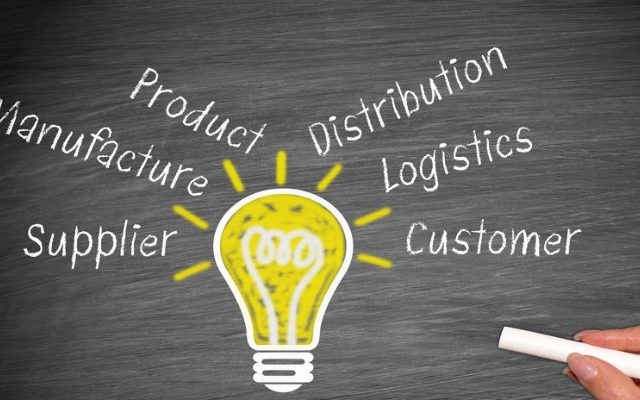Many supply chain functions have a multitude of cost-saving initiatives including operational excellence, standardisation, automation and many other similar initiatives. It’s often captured in their “vision and mission statements” to capture the importance of these initiatives. However, is the focus on cost reductions a sustainable way to deliver a sustainable supply chain organisation? Shouldn’t the focus be on integrated value-chains in/ outside your organisation, operational innovation instead of operational excellence, harmonisation instead of standardisation, and digital innovation instead of automation?
A number of successful businesses have abandoned the cost-saving stigma and have started to transition towards introducing end-to-end supply chain value creation. This has allowed these businesses to derive value from their supply chain, delivering value chains, instead of optimised supply chains.
To transform your supply chain into a value chain, I have led many businesses to address the following 5 key elements in your supply chain organisation:
- Get basics right first, not even the smartest and most advanced technology or innovative models can compensate for behavioural or best-in-class process practices,
- Understand, evaluate and actively respond to your customer and consumer buying decisions. There have been various articles describing how the buying decision behaviour is continuously evolving (see Google’s article – The Changing Face of B2B Marketing). It’s crucial to address the behaviours beyond your customer to his/ her customer. This allows you to serve your customer better, delivering true value to his/ her business,
- Implement an enhanced Sales & Operational Planning (S&OP) model with focus on Trust, Data Quality and effective cross-functional Communication to reduce conflict, increase cross-functional commitment, embed accountability and deliver sustainable results across the value chain!
- Use the supply chain fundamentals to embed end-to-end supply chain collaboration solutions through:
- Collaborate closely with your suppliers and customers towards Vendor Managed Inventory, Transport & Logistics collaboration, Warehouse & Distribution end-to-end effectiveness and other innovative collaboration models to increase value across the end-to-end chain,
- Use fit-for-purpose collaborative software solutions to introduce real-time integration, secure data exchange, end-to-end visibility, accuracy and traceability between multiple supply chains and industry verticals,
- Increase scenario planning and process collaboration across the internal organisation to increase planning & forecasting visibility, reducing uncertainty and ambiguity,
- Focus iterative, operational innovative solution development to deliver immediate innovative impact across your end-to-end value chain by:
- Using Lean, Six Sigma and Agile-based methodologies,
- Define a cross-functional team (inside/ outside the organisation) to meet the value chain priorities
- Share the innovative benefits across your end-to-end value chain to deliver non-financial benefits, which go beyond cost-savings…
By continuous focus on financial and non-financial value creation across your supply chain through these 5 key elements, I have seen many supply organisations “turn a corner” and not only deliver the expected cost savings, but create a sustainable supply chain collaboration model.
TRUE Value Chains deliver value that goes beyond the benefits to your partners, suppliers and customers into their partners, suppliers and customers…
Article by channel:
Everything you need to know about Digital Transformation
The best articles, news and events direct to your inbox
Read more articles tagged: Featured, Operating Model






